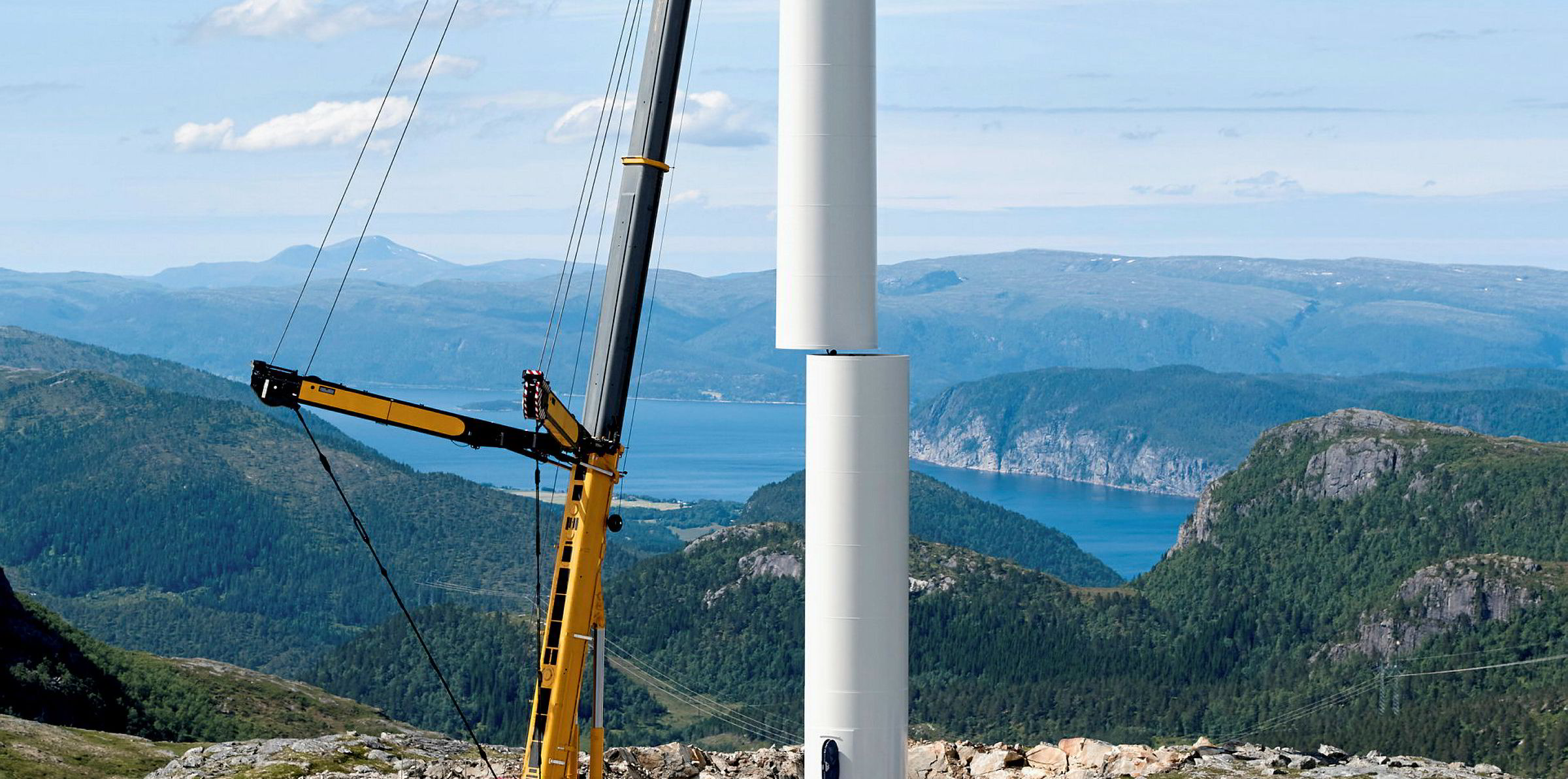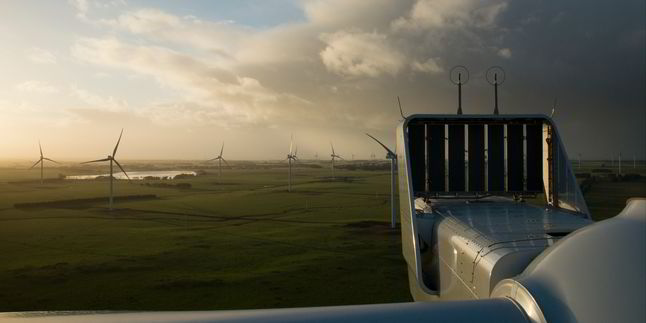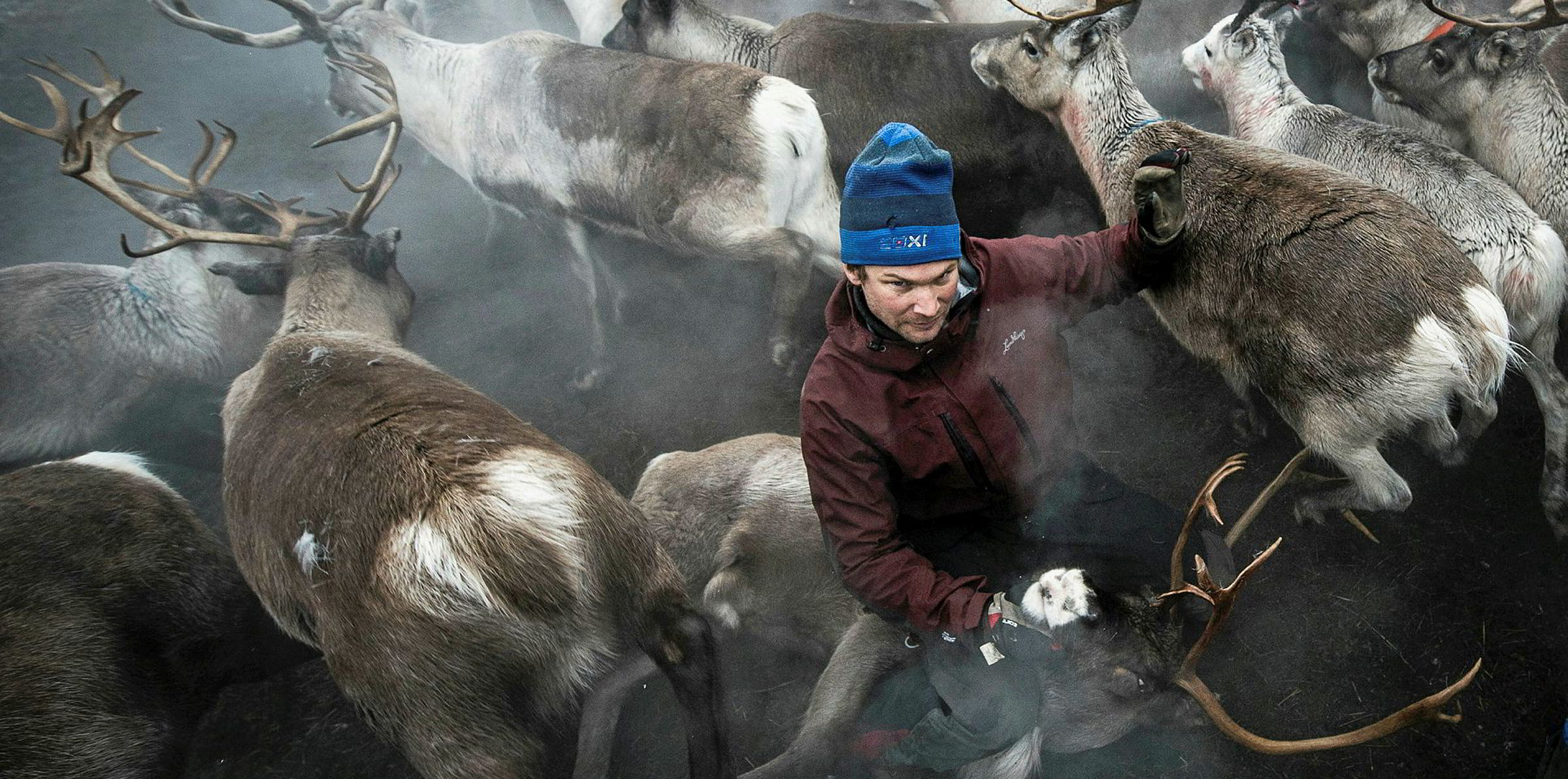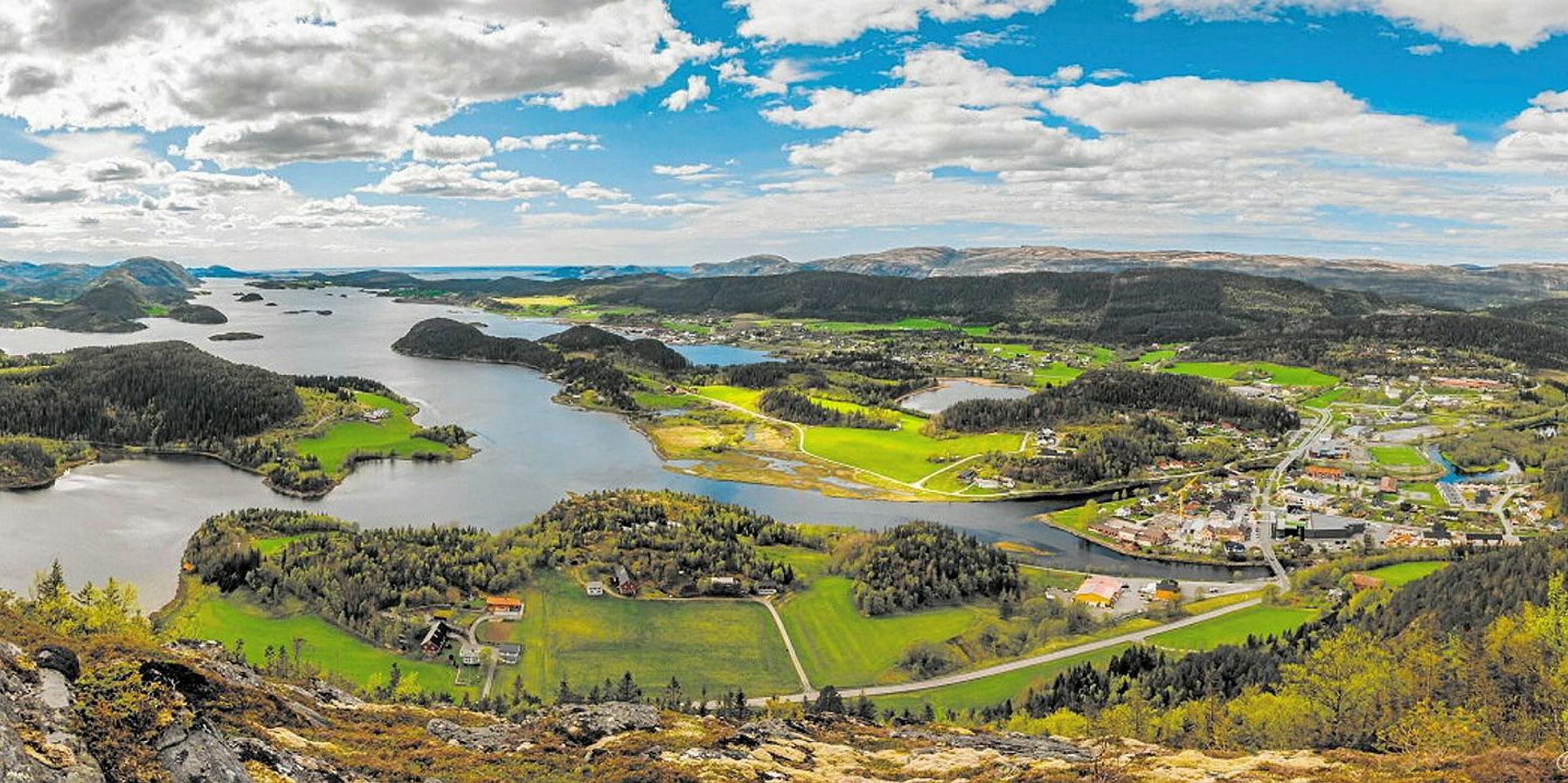Despite Covid-19, heavy snowfall and protests by native reindeer herders, the final turbine has been installed at Europe’s largest onshore wind project, the 1.06GW Fosen complex in central Norway.
The last of 277 Vestas machines was erected at the final sub-project Geitfjellet, majority-owner Statkraft confirmed to Recharge.
“We are about to complete the more-than-1GW Fosen project in Norway,” the Norwegian utility’s chief executive, Christian Rynning-Tønnesen, said during a second-quarter earnings webcast on Monday.
An extensive test programme, clean-up and zoning work along roads and erection sites now remain before the wind turbines can be put into ordinary operation, the project company Fosen Vind explained.
Installation required more than 2,200 special transports in the mountainous region north and south of the Trondheim Fjord over the past three seasons. The late start of winter and lots of snow caused challenges in the beginning, and more time was spent removing snow than erecting turbine towers, Fosen Vind said, adding that the coronavirus pandemic hit around the same time.
“With close collaboration with the host municipalities and local health authorities, routines were established that ensured a controlled start-up and implementation of the work at the same time as infection control was taken care of for both the employees and the local population,” the project company said in a statement.
Statkraft and its partners also had to face protests by indigenous Sami reindeer herders during the construction period, who said their traditional way of life would be destroyed as some of the wind turbines were wrecking pastures — a claim the developers rejected.
Rock-bottom power prices in the Nordic market may pose a bigger threat to Fosen, as its output — at least in the beginning — is unlikely to be competitive.
Before the construction start of the monster facility, the Norwegian wind energy association, Norwea, still marvelled that Fosen would be one of the best wind projects in Europe as far as output costs are concerned, likely producing electricity at a levelised cost of energy (LCOE) of €44 ($52) per MWh.
While that continues to be a very low LCOE for onshore wind, Rynning-Tønnesen acknowledged that Nordic power prices during the second quarter had plunged a catastrophic 84% to a low of €5.60/MWh due to large snow-melting and full hydro reservoirs. That had pushed the utility’s operating profit (Ebit) into negative territory and clearly made Fosen’s production price unattractive.
Rynning-Tønnesen said forward power prices point to a strong recovery next year, with prices likely rising to about €25/MWh in 2021.
That is still below what Recharge believes to be profitable for Fosen, and could end — or at least slow down — the boom in the Nordic wind power market.
Lower power prices will likely force Statkraft — Europe’s largest renewables operator due to its massive hydropower capacity — to trim down its ambitious non-hydro expansion plan. The utility still aims at developing a massive 9GW of wind and solar energy by 2025.
“However more projects could be divested at completion,” the CEO said.
Statkraft has a 52.1% stake in Fosen, while Credit Suisse Infrastructure Partners leads an investor consortium (Nordic Wind Power) holding another 40%, with local utility TrønderEnergi owning the remainder.




